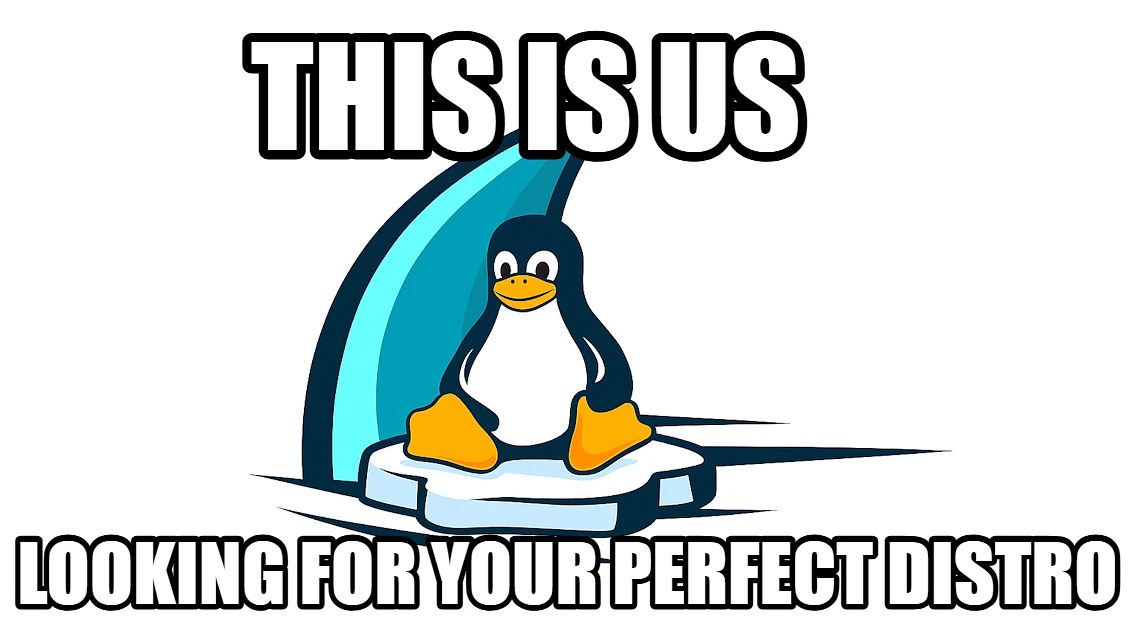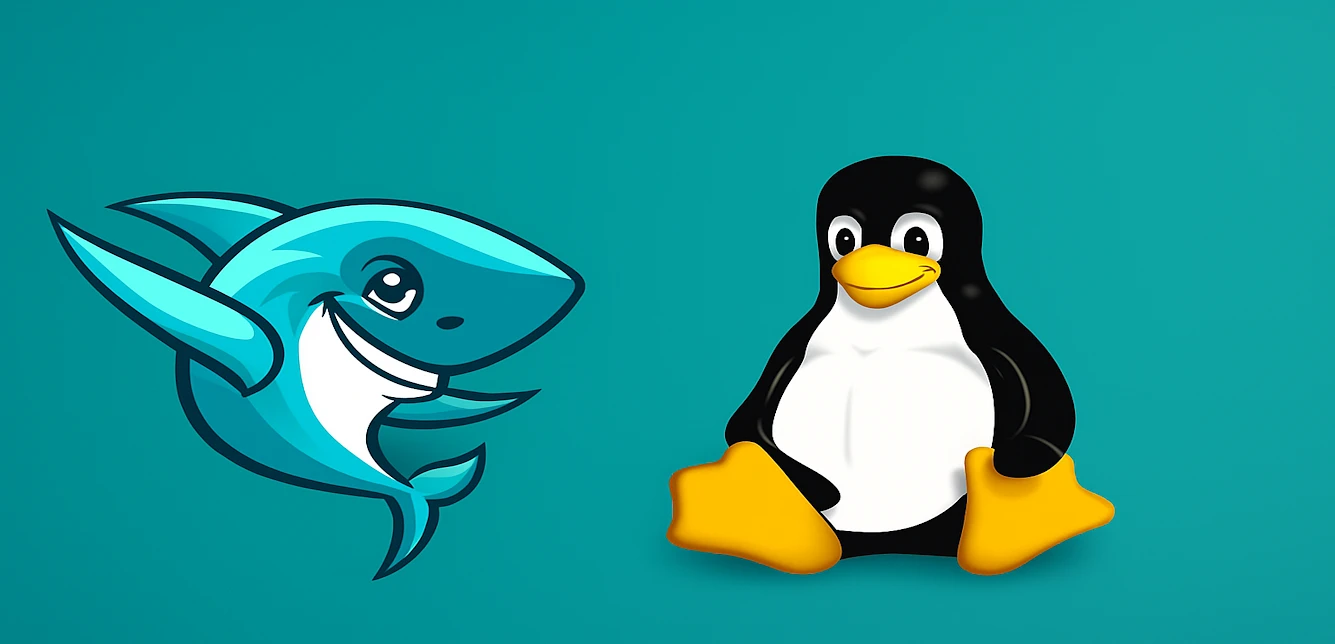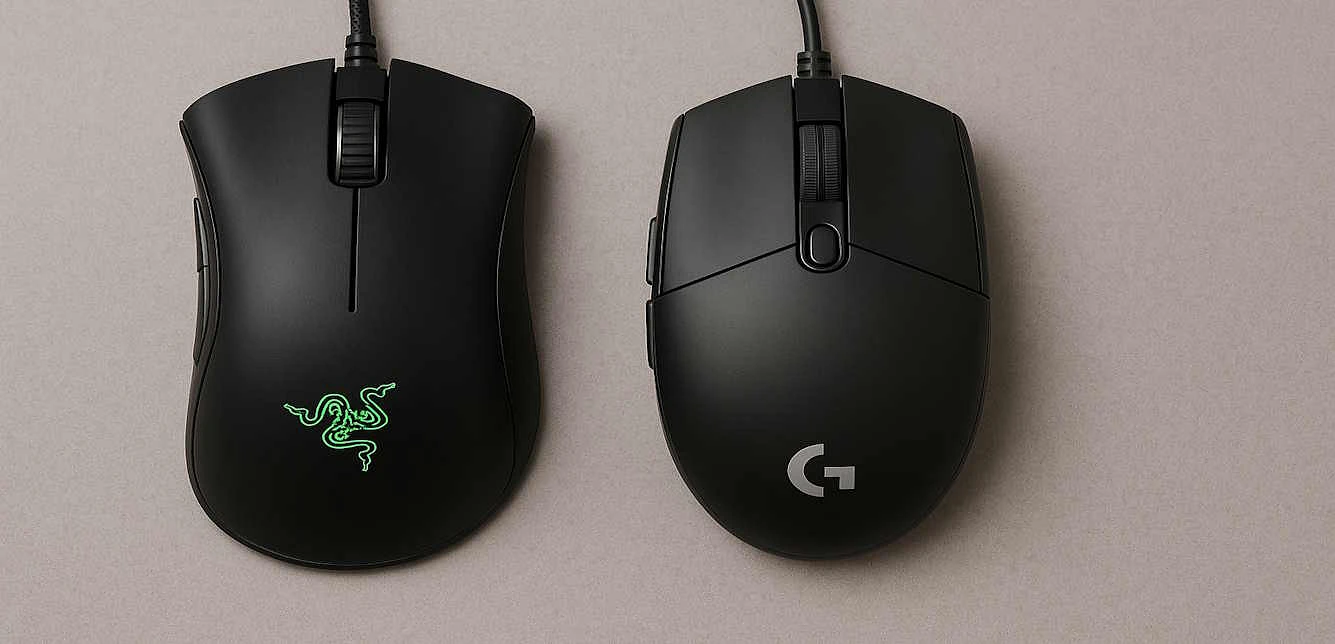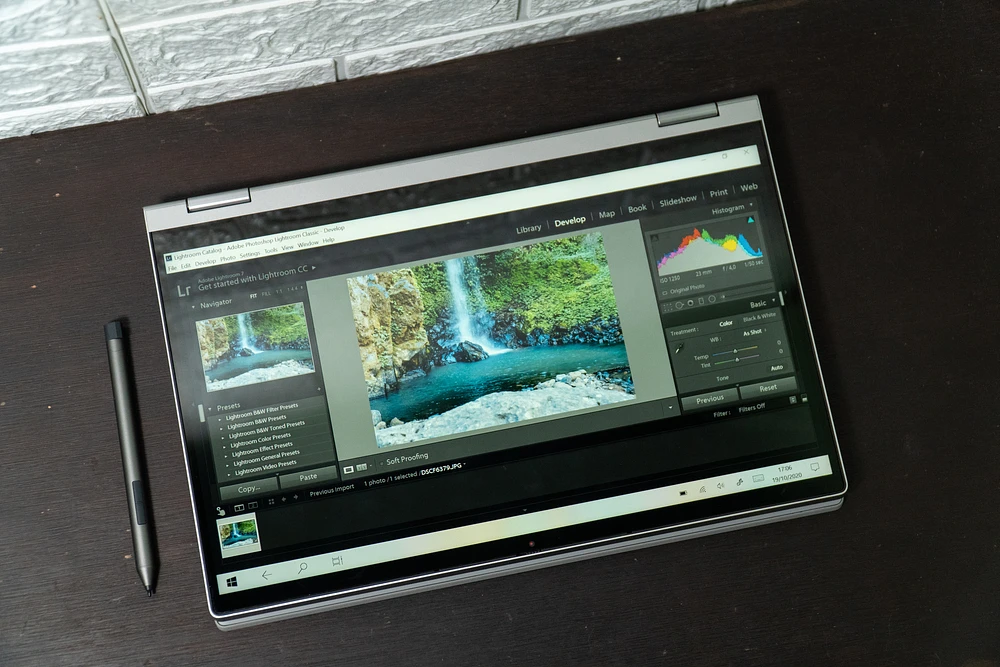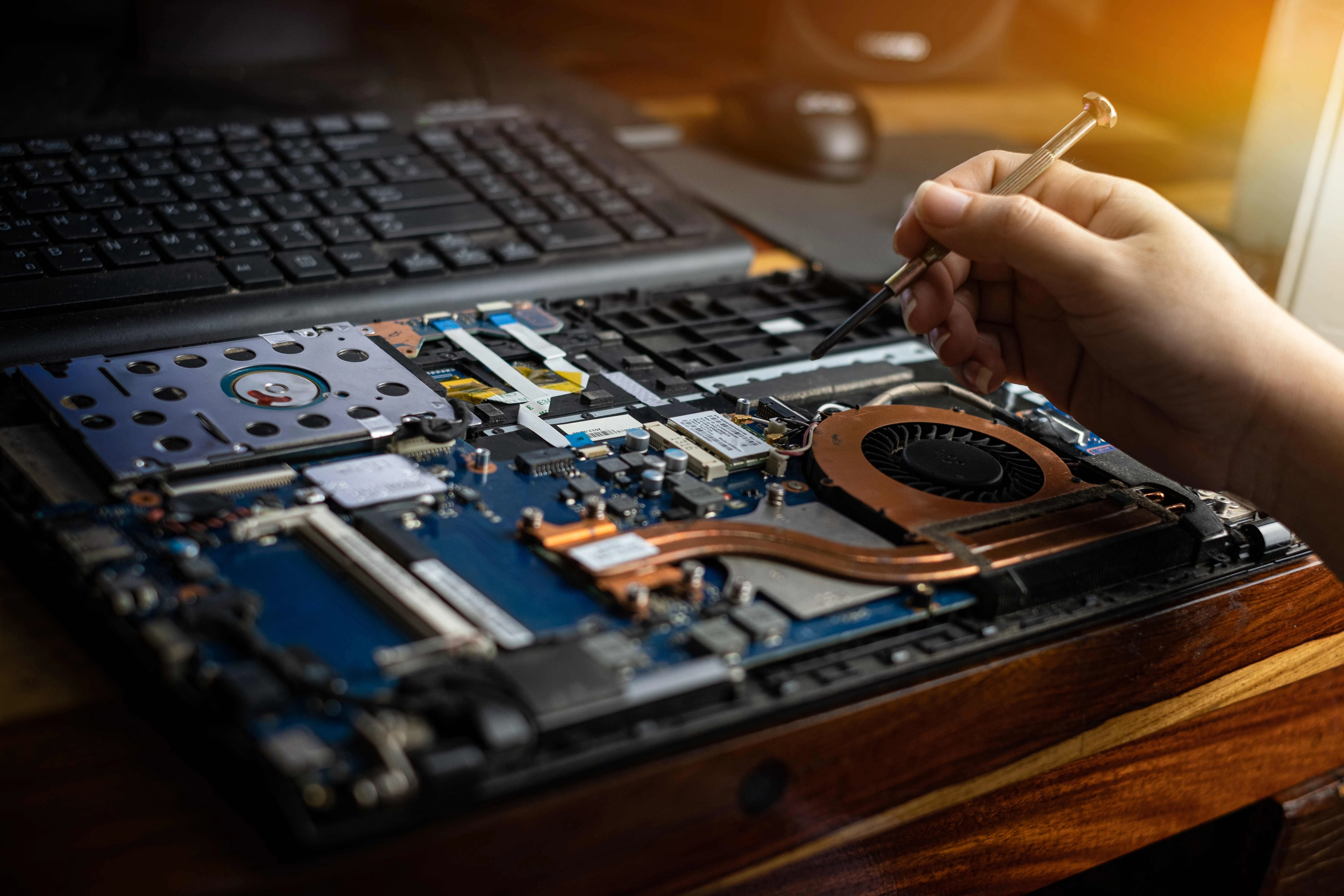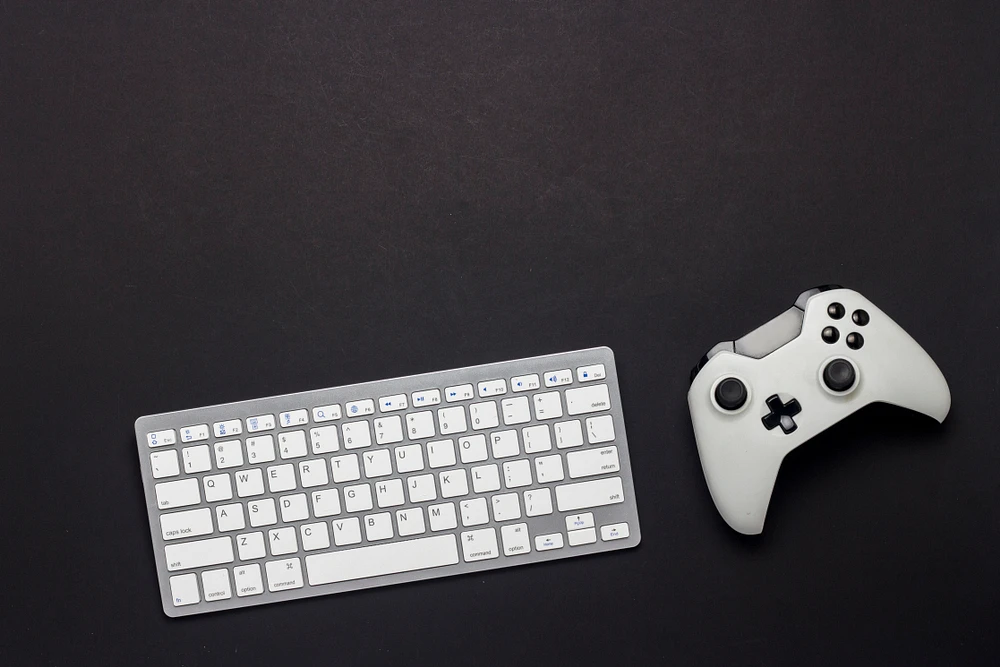TL;DR: Pick Fast
-
Ubuntu and Linux Mint lead the pack for newcomers, offering excellent hardware support and user-friendly interfaces
-
Test before installing using live USB drives to ensure compatibility with your hardware
-
Desktop environments matter - GNOME feels modern, KDE resembles Windows, and Xfce runs light on resources
-
Community support can make or break your Linux journey, so pick distros with active forums and documentation
Why Linux? Breaking Down the Benefits
Switching to Linux might feel scary, but millions worldwide use it. Especially with some Microsoft anti-consumerism these days. This open-source system offers good reasons to leave other platforms.
Finally, Linux is free! 99% of modern Linux distributions, including the considered best ones, does not require any payment for home use.
Freedom and Open-Source Philosophy
Linux gives you full control over your computer. You own your system. No forced updates, no data worries, and no fees. Source code is open. Security experts can check every line, finding problems faster than closed systems.
The source code remains transparent and auditable. This means security researchers worldwide can examine every line of code, identifying vulnerabilities faster than closed-source alternatives.
Security and Stability Advantages
Malware for Linux desktops is uncommon. The design makes system access harder for bad software. Security updates come quickly through official channels. System crashes happen less. Many Linux servers run months without rebooting; desktops get this stability too.
System crashes happen less frequently. Many Linux servers run for months without rebooting, and desktop systems inherit this stability.
Customization: Make It Truly Yours
Want a different desktop? Change it. Like other software? Install it. Linux distros offer huge customization. You can change window animations or system sounds. Some users make unique desktops fitting their work style and taste.
Lightweight Performance for Older Hardware
Linux revives old computers. Light distros run smoothly on gear struggling with newer Windows. A 10-year-old laptop might crawl with Windows 11 but feel fresh with a suitable Linux.
Demystifying Linux Distributions
Understanding what makes each Linux distribution unique helps narrow down your choices.
What Exactly Is a "Distro"?
A Linux distribution packages the Linux kernel with software, drivers, and tools into a complete operating system. Think of it as a ready-made collection. Different groups make distros for different users. Some focus on simplicity, others on new features, some on stability.
Core Components: Kernel, DE, Package Manager, and Repositories
-
The kernel handles hardware communication and system resources. Most distributions use similar kernel versions with minor modifications.
-
Desktop environments provide your visual interface. GNOME offers a modern, tablet-like experience. KDE Plasma resembles Windows with its taskbar and start menu. Xfce keeps things simple and fast.
-
Package managers install and update software. APT (used by Ubuntu) differs from DNF (Fedora's choice), but both accomplish similar tasks through different approaches.
-
Repositories store thousands of pre-compiled applications. Official repositories ensure software compatibility and security.
Key Criteria for Choosing Your First Distro
Several factors should influence your decision when selecting a distribution.
Hardware Compatibility (RAM, CPU, GPU)
Modern distros support most hardware immediately. But some combos work better.
-
Most Linux users prefer "red" team: AMD processor and discrete GPU.
-
RAM needs vary a lot. Ubuntu wants 4GB for comfort; lighter options run fine on 2GB.
-
Graphics cards can be tricky. NVIDIA users might find driver setup complex, though it became much better last years.
-
WiFi adapters sometimes cause issues, especially newer or cheaper ones needing special drivers. This issue is actual for users who built their own PC instead of using laptops pre-built rigs.
User-Friendliness: Desktop Environment Showdown (GNOME vs. KDE vs. Xfce)
-
GNOME emphasizes simplicity and modern design. Its workflow differs from Windows, focusing on activities and workspaces rather than a traditional taskbar.
-
KDE Plasma offers familiar Windows-like layouts while providing extensive customization options. Power users appreciate its flexibility and feature set.
-
Xfce prioritizes speed and efficiency. It looks somewhat dated but runs exceptionally well on older hardware.
Support & Community Strength
Strong communities make learning Linux easier. Ubuntu has the biggest user base, meaning more guides, forums, and help. Smaller communities of less popular distros might offer more personal help but fewer resources. Think about how much you like figuring things out yourself.
Use Case Alignment (Gaming, Dev, Daily Use)
Gaming improved a lot with Steam Proton and native Linux games. Pop!_OS comes ready for gaming. Development benefits from Linux's powerful terminal and package tools. Most coding tools install easily from repos. Daily tasks like web, email, and docs work the same everywhere.
Top 5 Beginner-Friendly Distros (2025)
These distributions excel at welcoming newcomers to the Linux ecosystem.
Ubuntu: The Gold Standard
Ubuntu stays the top beginner distro for good reasons. Canonical gives regular updates, lots of docs, and backing for support. Its software center makes installing apps easy. Hardware support covers most devices without extra drivers. Default GNOME feels modern. Long-term support (LTS) versions get updates for five years, great if you dislike frequent reinstalls.
Linux Mint: Windows Migrants' Haven
Linux Mint makes a familiar space for Windows users. Its Cinnamon desktop copies Windows layouts but adds Linux perks. It builds on Ubuntu, so hardware support and software choice are similar. Mint removes some Ubuntu bits, focusing purely on user needs. It includes media codecs and required drivers right away.
Zorin OS: macOS-like Simplicity
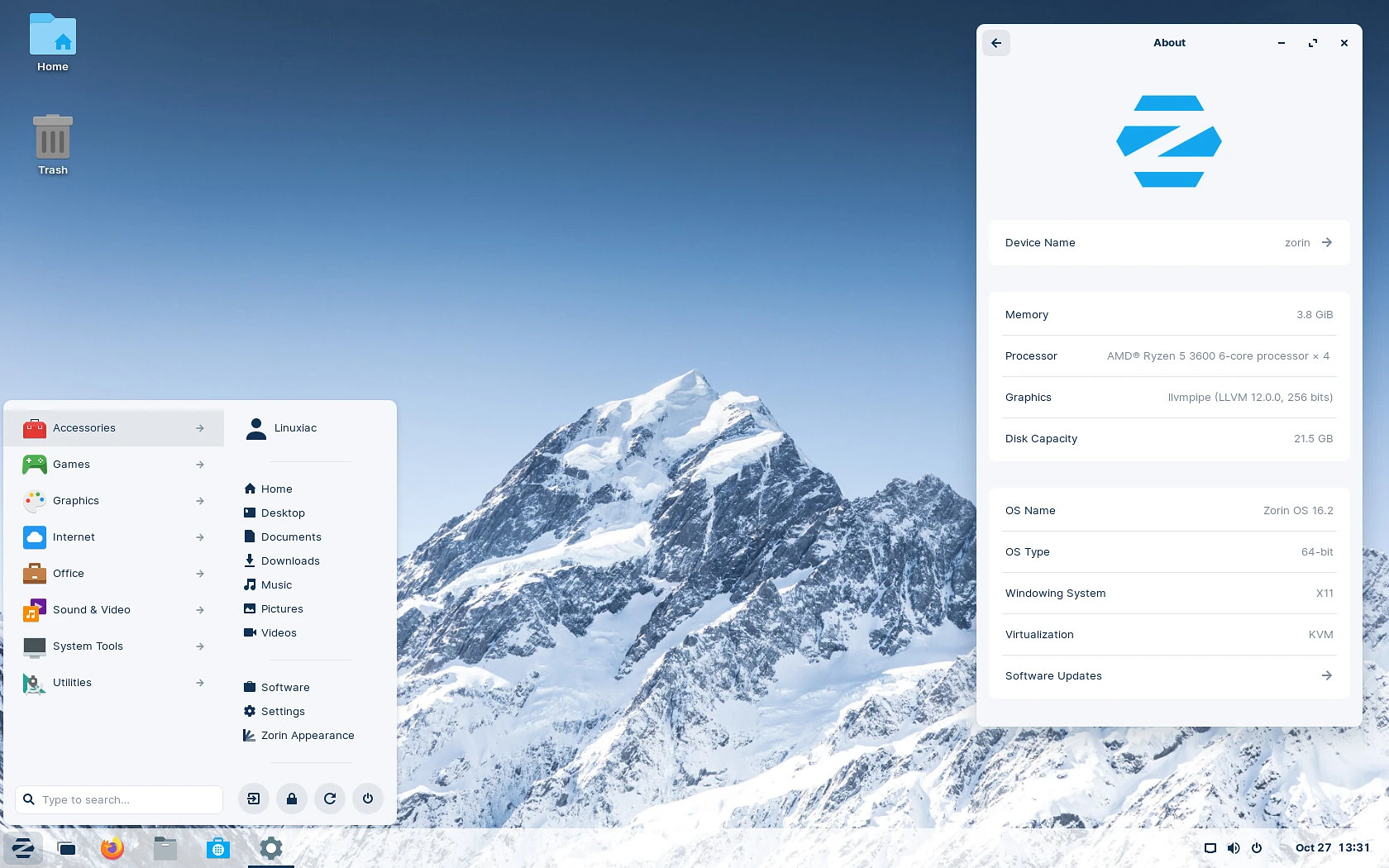
Zorin OS targets switchers from Windows or macOS. Its polished interface can mimic either system. It has handy migration tools and plenty of pre-installed apps. Pro versions add business features and support. Education versions are made for schools and students.
Pop!_OS: NVIDIA Support & Productivity Focus
System76 makes Pop!_OS for their hardware but supports others. It excels at NVIDIA graphics with drivers ready. This distro targets developers and creators. Auto-tiling windows and keyboard shortcuts boost efficiency. Regular updates add features without breaking things.
Fedora Workstation: Cutting-Edge Tech
Fedora showcases the latest open-source tech early. Red Hat backs it, ensuring quality. It gets new kernels and software faster than slower distros. This newness can sometimes cause glitches but gives access to fresh features. Fedora prefers open-source software, which might need extra steps for some drivers or codecs.
Overcoming Newbie Challenges
Every Linux newcomer faces similar learning curves and obstacles.
Terminal 101: Must-Know Commands
-
ls lists directory contents, replacing Windows Explorer for file browsing.
-
cd changes directories, with cd.. moving up one level and cd ~ returning home.
-
sudo grants administrative privileges for system modifications. Think of it as "Run as Administrator" in Windows.
-
apt update && apt upgrade (Ubuntu) keeps your system current with latest packages.
-
cp and mv copy and move files respectively, while rm deletes them permanently.
Solving Common Issues (WiFi, Printing, Updates)
-
WiFi problems often stem from proprietary driver requirements. Additional Drivers utility in Ubuntu resolves most wireless issues.
-
Printing setup works automatically for most modern printers. CUPS (Common Unix Printing System) handles driver installation and queue management.
-
Update failures occasionally occur due to repository changes or dependency conflicts. Software centers usually provide clear error messages with suggested solutions.
Essential Apps for New Users
-
LibreOffice replaces Microsoft Office for document creation and editing. Compatibility with Office formats continues improving.
-
Firefox comes pre-installed on most distributions, providing familiar web browsing experiences.
-
GIMP handles image editing tasks, offering professional features without licensing costs.
-
VLC plays virtually any media format without additional codec installations.
FAQ: Your Linux Distro Questions Answered
Is Linux Harder Than Windows for Beginners?
Modern distributions match Windows usability for basic tasks. Initial adjustment periods vary by individual, but most users adapt within weeks.
Command-line usage remains optional for desktop computing. Graphical interfaces handle most common operations without terminal intervention.
Can I Run Windows Apps on Linux?
-
Wine compatibility layer runs many Windows applications natively on Linux. Results vary by application complexity and age.
-
Virtual machines provide complete Windows environments within Linux systems. This approach guarantees compatibility but requires additional resources.
-
Web-based alternatives often replace desktop applications entirely. Google Docs, Office 365, and similar services work identically across platforms.
Which Distro Is Best for Gaming in 2025?
No special "gaming distro" really beats others. Just pick one you like overall, then install:
-
Steam Proton enables thousands of Windows games on Linux systems, just use Steam!
-
Lutris and PortProton manage non-Steam games and emulators effectively. Most distributions support gaming equally well with proper graphics drivers.
How Often Should I Update My Distro?
-
Security updates should install immediately when available. Most distributions notify users of critical patches automatically.
-
Feature updates can wait until convenient. LTS versions receive support for years, eliminating pressure for frequent upgrades.
-
Rolling releases like Arch update continuously, while point releases like Ubuntu update semi-annually.
What If I Don't Like My Chosen Distro?
-
Switching distributions happens easily with separate home partitions. Personal files remain intact during operating system changes.
-
Multiple distributions can coexist on single systems through dual or triple-boot configurations.
-
Virtual machines allow testing new distributions without affecting main installations.
Is Ubuntu Still the Best Starting Point?
Ubuntu is still great for most beginners. Its huge community, tons of docs, and hardware help make learning smooth. But the "Ubuntu vs Mint" talk shows Linux Mint might feel better for Windows users due to its familiar look. The best starter Linux depends on what you prefer, your machine, and what you'll use it for.
Do I Need Antivirus on Linux?
Desktop Linux faces very few malware threats. Built-in security and getting apps from repos give strong safety. Servers might need extra tools, but desktop users hardly ever need traditional antivirus. Safe habits matter more: avoid sketchy downloads and use official repos for apps.
